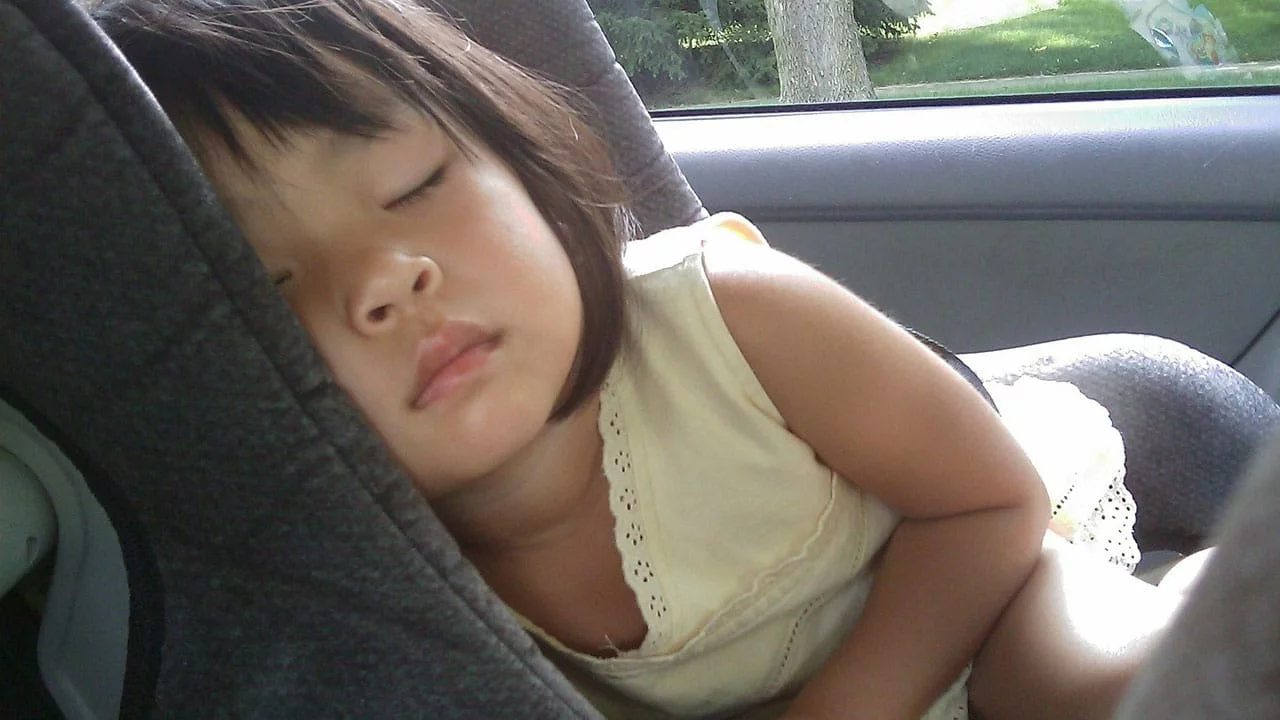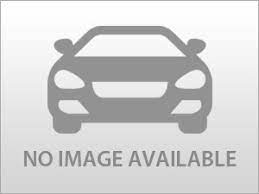Some of us may have wondered if we can use a European car seat in the US. You might want to assume that there should be no laws against this as they are nothing more than just seats. This is a wrong notion. European car seats are not legally allowed in the US, not even for a day.
It is generally not recommended to use a European car seat in the United States. This is because car seat regulations and testing standards between the two regions are different, and as such, an approved car seat in the US may not meet the safety requirements in Europe. What about compatibility? European car seats may not suit the design and specifications of the vehicles in the United States. Some US vehicles use a latch system and other car seat types, and a European car seat just may not be suitable for these cars.
It is recommended to always stick with the car seat approved for use in your country as that will be the most compatible with your vehicle. This implies that, if you are
planning a road trip or just a regular trip out of your country, ensure to check the car seat regulations of the other country to make sure that your car seat meets their standards. And if not, you have to bring a car seat that meets those standards.
Can I Use a European Car Seat in the US?
No, a European car seat cannot be used in the United States as earlier mentioned. It is not necessarily against the law to use a European car seat in the US, but this is not recommended because the car seat may not meet the safety standards that are required for car seats in the United States. These standards are based on extensive research and are designed to ensure that car seats provide adequate protection for children in the event of a car crash.
Recent studies showed that in 2020, 608 children were killed in car accidents and approximately 63,000 were injured. These standards were not introduced for no reason. Using a car seat that does not meet these standards could put your child at risk whenever you hit the driveway. Let’s now examine some reasons why European car seats cannot be used legally in the US.
Can I use an American car seat in Europe?
The answer to this question is similar to the question above and using an American car seat in Europe is not recommended. If you plan to use an American car seat in Europe, before anything else, you should confirm if the seat is certified to meet the safety standards set by Europe. Some American car seats may be certified to meet both
American and European safety standards, but most often, this is not the case. Bottom line is, when you find yourself in any country, double check their car seat regulations and standards, and ensure that your car seat meets these standards.
Choosing the Appropriate Car Seat
Before buying that car seat for your child, there are some factors that must be taken into consideration. Such as:

Age and size of your child
There are various car seats designed to suit different ages, heights, and weights. Ensure that you observe carefully and pick the right one before you make that purchase.
Type of car seat
There are several types of car seats in the market, including rear-facing infant seats, forward-facing child seats, and booster seats. The type of car seat you select should be based on your child’s age and size.
Compatibility with your vehicle
The car seat you select must be compatible with your vehicle. Check to see that the car seat fits perfectly in your vehicle and confirm if it can be secured with seat belts or possibly, a latch system.
Ease of use
If your car seat is difficult to install and use, it will be difficult to correctly secure the child when the vehicle is in motion. Always choose a car seat that is easy to use and accommodate. It’ll make your job easier and increase the child’s safety.
Brand reputation and safety ratings
While looking for the perfect car seat, you should seriously consider the reputation of the manufacturer or dealer before you buy. Check if the dealer or manufacturer has received high safety ratings from individuals and organizations.
READ ALSO: How To Use AC In a Car During Rain?
European car seat laws
Car seat laws in Europe are similar to those in the United States as they are designed to ensure the safety of children when they are traveling in vehicles. In Europe, the United Nations Economic Commission for Europe (UNECE), an agency of the United Nations, is in charge of car seat regulations. The UNECE has provided laws that have specific requirements for car seat performance to ensure that these seats provide protection for children always.
In general, European car seat laws emphasize on the following:
- Parents should select car seats or booster seats appropriately, based on their age, height, and weight or size.
- Parents with children that are under the age of 12 or 135 cm in height must introduce a child restraint system recommended for their size and weight.
- Children who are taller than 135 cm (53 inches) or over the age of 12 may use a seat belt without a booster seat, as long as the seat belt fits properly.
Difference Between European Car Seats and American Car Seats
The main difference between European car seats and American car seats is that they are designed to meet different safety standards. The car seat regulations and testing standards in Europe are different from those in the United States, so a car seat that is approved for use in one country may not meet the safety standards required in the other.

In the United States, the National Highway Traffic Safety Administration (NHTSA) is in charge of generating car seat regulations. They set specific requirements for car seat performance, including crash test standards and labeling requirements. These are some requirements that a car seat from Europe may not meet.
In Europe, the UNECE takes charge of establishing specific requirements for car seat performance to ensure that car seats provide appropriate and adequate protection for children in the event of a car crash.
Another difference between European and American car seats is that they may be designed to be used in different types of vehicles. For example, a European car seat may not be designed to be used with a latch system whereas a US car seat may be.
Some car seat regulations in some regions in Europe or the US may differ from others in the same country. Therefore, it is always recommended to check the specific regulations and compatibility requirements of the region where you will be using the car seat.
READ ALSO: How to Detect Odometer Rollback on a Used Vehicle
Frequently Asked Questions on Car Seats
Lie-flat car seats are also known as “rear-facing only” or “lie-flat infant carriers,”. This car seat is a type of car seat that is designed to allow infants to travel in a fully reclined position. They are intended for use with newborn babies and are designed to provide a more comfortable and ergonomic sleeping position for infants whilst in cars.
As earlier mentioned, some car seat regulations in some regions may differ from other regions. Therefore, it is always recommended to check the specific regulations and compatibility requirements of the region you reside or where you will be using the car seat.
Swivel car seats are also known as “360-degree car seats”. This is a type of car seat that can be rotated to allow a child to be placed in the seat facing either the front or the rear of the vehicle. These car seats are designed to increase ease of use and accessibility, especially in situations where it is difficult to access the back seat of a vehicle.
ECE R129, also known as “i-Size,” is a European Union (EU) regulation that sets safety standards for children’s car seats. This regulation applies to car seats designed for children under 15 months of age. It was introduced to replace the previous regulation, ECE R44.04, which was formerly for an audience of children up to 12 years old. In summary, the main difference between ECE R129 and ECE R44.04 is that ECE R129 applies to car seats for younger children, while ECE R44.04 applies to car seats for older children.








